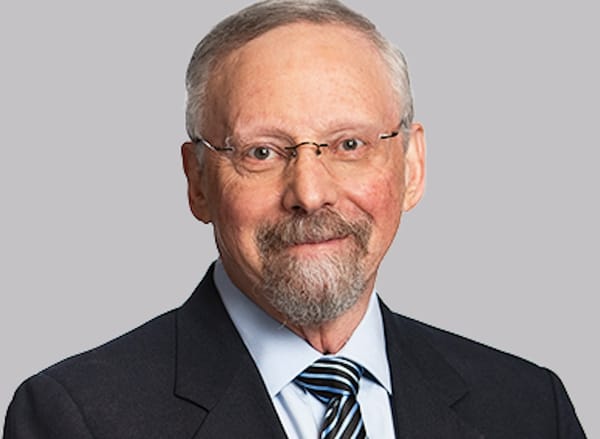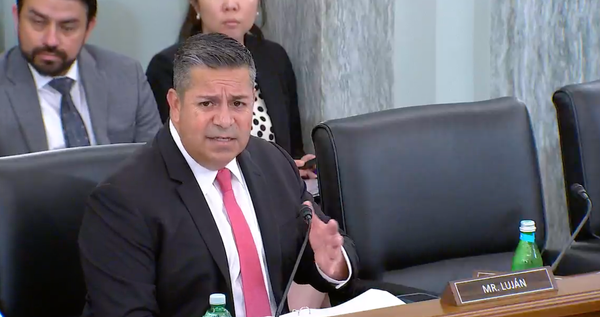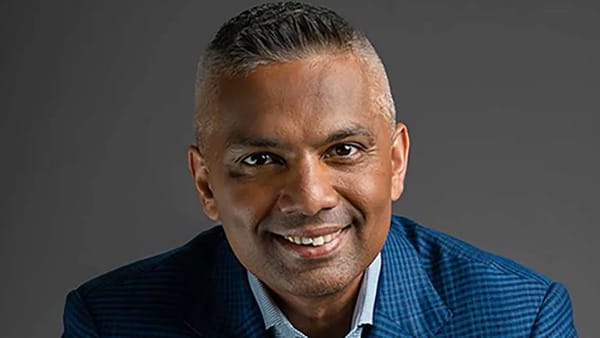Transportation Expert at CES 2022: Public-Private Partnerships Critical for Autonomous Vehicles
The bottom line reason for state interest in autonomous vehicles is safety, says Utah transportation official.

LAS VEGAS, January 5, 2022 – Public-private partnerships are the key to realizing the future of smart cities, a transportation expert said at the CES2022 technology trade show here on Wednesday.
To make cities and transportation truly “smart,” industry stakeholders must ensure that technologies enabling autonomous vehicles are fast and ubiquitously deployed.
Blaine Leonard, transportation technology engineer for Utah’s department of transportation, said at a session on “Smart Cities and Transportation” that public safety was his office’s top priority when working to connect autonomous vehicles to physical infrastructure.
“As a state agency, people often ask us why we are interested in automated vehicles, and the bottom line is safety,” he said.
“We lost 40,000 people to car crashes in 2020,” noting how 97% of all crashes are caused in part by human error. “As an agency, our focus is zero –– we want to get to zero fatalities.”
Leonard discussed how low latency and data speeds are critical to connecting vehicles to traffic systems. “From a state agency perspective, if we’re going to prevent crashes, we need that millisecond advantage.”
However, he stressed that harder-to-reach places may have to wait longer for these services. “That technology is important,” he said. “How quickly it’ll be here depends on where you are.”
While industry leaders push for faster deployment, Leonard says “It’ll take a number of years, maybe even a decade or two, to update all traffic systems” across the country.









